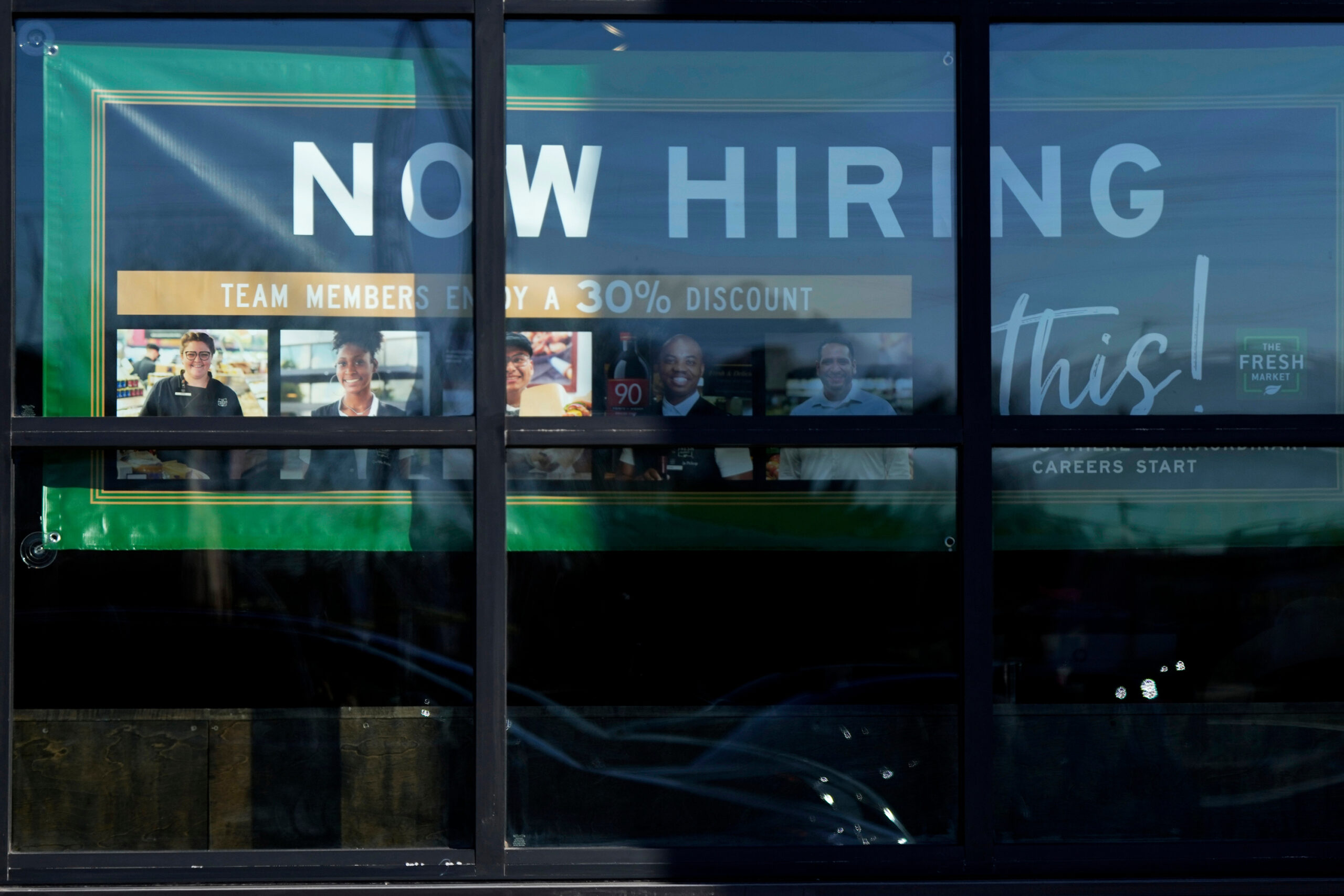
What will your workday look like in a decade? If you’re lucky enough to be nearing retirement, your answer might be “nonexistent.” For the rest of us, it could be a whole lot different, at least according to LinkedIn Co-Founder Reid Hoffman. In 2017, he predicted that the majority of jobs will be flexible within the next 30 years.
But before we brush him off as just one voice among the future-of-work prediction makers, let’s take a look back at 1997.
“Hoffman’s past predictions are spooky,” one LinkedIn writer shares, listing three of his other projections: “Predicted social networks would change the world (LinkedIn sold for $26B). Saw the sharing economy coming (Early Airbnb investor). Called the AI revolution years before ChatGPT.”
Workers are in favor of remote and flexible work arrangements
Recent data shows we are trending in that direction. A 2020 ADP research study found that 70% of gig workers are working contract roles by choice because they enjoy the flexibility that comes with the positions. Of those included in the study, 44% of gig workers cited flexibility or work-life balance as the top reason they do gig work. The study also found that one in six workers at a business are gig or freelance workers.
A 2021 Upwork study found that 47% of people working remotely are freelancers. The survey also found that 54% of non-freelancers spend 100% of their time in-person at work, compared to 37% of freelancers working 100% in-person.
Finally, the U.S. Career Institute 2024 survey found that 65% of employees would prefer to work remotely 100% of the time. The survey also found that only 16% of U.S. companies are 100% remote, whereas 75 million U.S. workers have a job that would be compatible with remote work.
As many of those with remote or hybrid schedules have discovered, a change in location often increases flexibility for employees — though bosses continue to have mixed reactions to the change.
Four workplace predictions for the future
Workplace experts and employees nationwide are predicting the following four changes will take place in the next decade.
The majority of meetings will disappear
Few would be disappointed if a large chunk of meetings disappeared from their jam-packed calendars. In some industries, this is already the case, and in others, it may be soon.
“We’ll spend less time catching up on messages because AI will be able to summarize [them] for us and more time thinking about new and creative ideas that move the needle. We’ll move more from scheduled meetings to ad hoc interactions that foster creativity, connection and collaboration,” predicts Snorre Kjesbu, senior vice president and general manager of Collaboration Devices at Cisco in San Francisco.
Of course, this will differ by industry and company. “Each situation is unique to the individual and company’s goals,” says Dana Berggren, a designated managing broker in Nevada and Tennessee. “Remote work should be balanced with in-person meetings [that] have a purpose and structure,” she says.
Rigid workplace schedules will hurt talent acquisition
Just a few decades ago, it was unthinkable to even take an after-hours call in many positions, Nikki Innocent, a career coach in New York, remembers.
“Work from home is something that at first seemed preposterous and so out of the norm, but now that as a collective we were asked to shift our workplace environment overnight, we… became familiar with the pros and cons of this alternative and proved the doubters wrong that it would hinder productivity,” she says.
Now, not only have some studies shown hybrid workers to be as productive as in office, it is becoming a must for competitive companies looking to recruit top talent.
“You’ll see a talent imbalance between the companies that are rigid with in-office policies and those that don’t put as much weight where their employees work,” says Arissan Nicole, a career and resume coach in Seattle. “More and more people are moving away from hustle culture and prioritizing quality of life and work-life balance. They want to work for companies with a good culture where they feel treated as a human first. Companies show their hand if they require in-person work when it’s not necessary for the job.”
Parents will have greater flexibility to handle personal responsibilities
Parents have been perhaps the most widely impacted group as the world switches to remote and flexible workplaces. Hoffman’s prediction includes a rise in freelance and consulting work, which we are already starting to see, that points to parents’ abilities to build their own schedules around family priorities.
“If the majority of jobs become hybrid and flexible, it would enable broader workforce participation among working parents, especially working moms. [Some] highly credentialed women who have left the workforce would have opted to stay if greater flexibility was provided,” says Sadie Funk, national director of The Best Place for Working Parents, a community of business leader working to establish more family-friendly focus in businesses.
“Slight changes that support flexibility—like enabling parents to pick up their child from school, attend doctor appointments without taking PTO or work from home when a child is sick—have huge impacts on working parents and don’t require a large capital investment from employers to implement.”
Employers will need to build support systems to sustain flexible and hybrid workplaces long-term
We’ve had our pandemic-induced trial run at flexible work. But in the last few years, companies have started trouble-shooting issues created by these uncharted working arrangements. Progressive companies will continue to hone in on those risks, challenges and solutions.
“As working remotely becomes more common, organizations and the people who work in them need to recognize and overcome new challenges. There are two big and obvious challenges: learning to do the job and feeling a sense of belonging,” says Rich Birke, chief architect of workplace conflict resolution company JAMS Pathways.
He suggests the following tips for employers looking to create the right environment before remote work becomes the norm:
- “Creating opportunities for new employees to shadow the entire day of a colleague or two can be a terrific addition to instructional videos and how-to manuals.
- Offering extensive learn-by-doing training sessions in which newer employees are overseen by more experienced employees as they do simulated versions of their main work tasks will allow the new people to make mistakes and be corrected, to ask questions and to give and receive feedback in a way that is more connected to our species’ way of integrating new information…
- [Establishing] some ground rules [for remote gatherings]: Everyone keeps their camera on, for example. Use breakout rooms to create smaller conversation groups. Assign a trained facilitator to each breakout room. Employ contests and games to engage people.
- Make sure that collegiality-building events are not extra costs to be borne by employees. If you take an hour out of an employee’s week and they have to work an extra hour to catch up or complete their day’s work, the recreational event becomes a burden and may even become the object of resentment.”
While only time will tell if Hoffman’s predictions become reality, employers can prepare and optimize their processes to be ready.
Photo courtesy LeonidKos/Shutterstock.com




